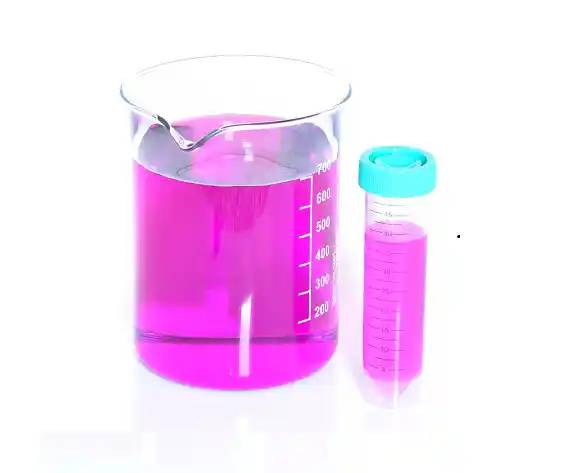Is Your Drinking Water Truly Drinkable? Follow The Steps To Detect The Impurities And Ways To Purify It At Home
Are you drinking the elixir of life, ‘water’, in its purest form? Not sure? Read here a few easy methods to test your drinking water for impurities, and also explore some simple ways to purify it at the comfort of your home.
Simple tests to detect impurities in drinking water
Pure water is tasteless, colorless, and odorless. Anything that alters this basic definition of the pure water, can be considered as contaminated water. Try out the following home tests to find out how pure is your drinking water.
Evaporation Test

This is probably the easiest way to test whether your drinking water passes the basic quality check. Boil your drinking water until it is completely evaporated. Do you see any residue? If yes, you had been drinking impure water all this while.
Potassium Permanganate Test

Take a glass of drinking water, add 4 drops of potassium permanganate solution to it and shake it well. If the sample water turns purple or red, it indicates that the water is pure. If, however, the water turns yellow or pale, you need to think twice about your chosen drinking water source.
Water Test Kit

This kit that can test the purity of water is now easily available in online stores and other market spaces. All you have to do is follow what is given in the instruction manual. Usually, a home water analysis test can screen for iron, chlorine, copper, nitrate, pH differences, alkalinity, bacteria, and other microbes. Ensure you buy the best quality water test kit; these are affordable and are accurate in their findings.
Effortless ways to purify drinking water
It is extremely important to purify the water you drink. Here are three easily adaptable methods of purifying the drinking water:
Boiling

This is the cheapest, safest, and easiest method of all. Bring drinking water to a boil and leave it at a rolling boil for 5 to 10 minutes. Strain it with a thin muslin cloth and use it for drinking.
Filtering

It is the selective elimination of water impurities achieved with the help of a filter. There are traditional methods of filtering using a clay vessel, cloth, or even special sieves. But what we are accustomed to are the modern filters with advanced features, such as RO (river-osmosis).
Chlorination

Chlorine is a chemical element with the capacity to cleanse water. Adding chlorine to water kills disease-carrying bacteria and other microbes. Chlorine is a highly effective disinfectant when used accurately. However, high chlorine exposure can cause health issues too. Hence, adopt chlorination only if the water is highly contaminated.
Last but not the least, bear in mind that contaminated water is a carrier of grave diseases, so you must avoid drinking it.
For any query related to the quality and quantity of your drinking water, consult an Internal Medicine Specialist at www.healthcaremaic.com
Recent Questions


